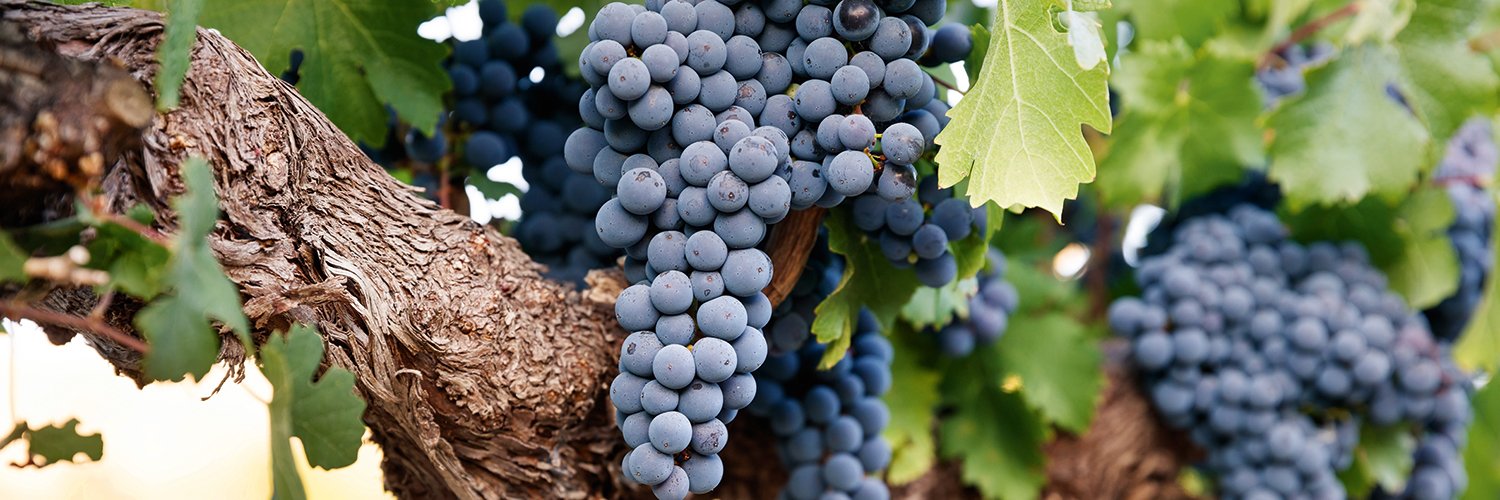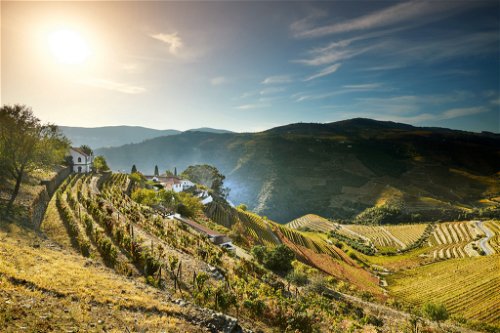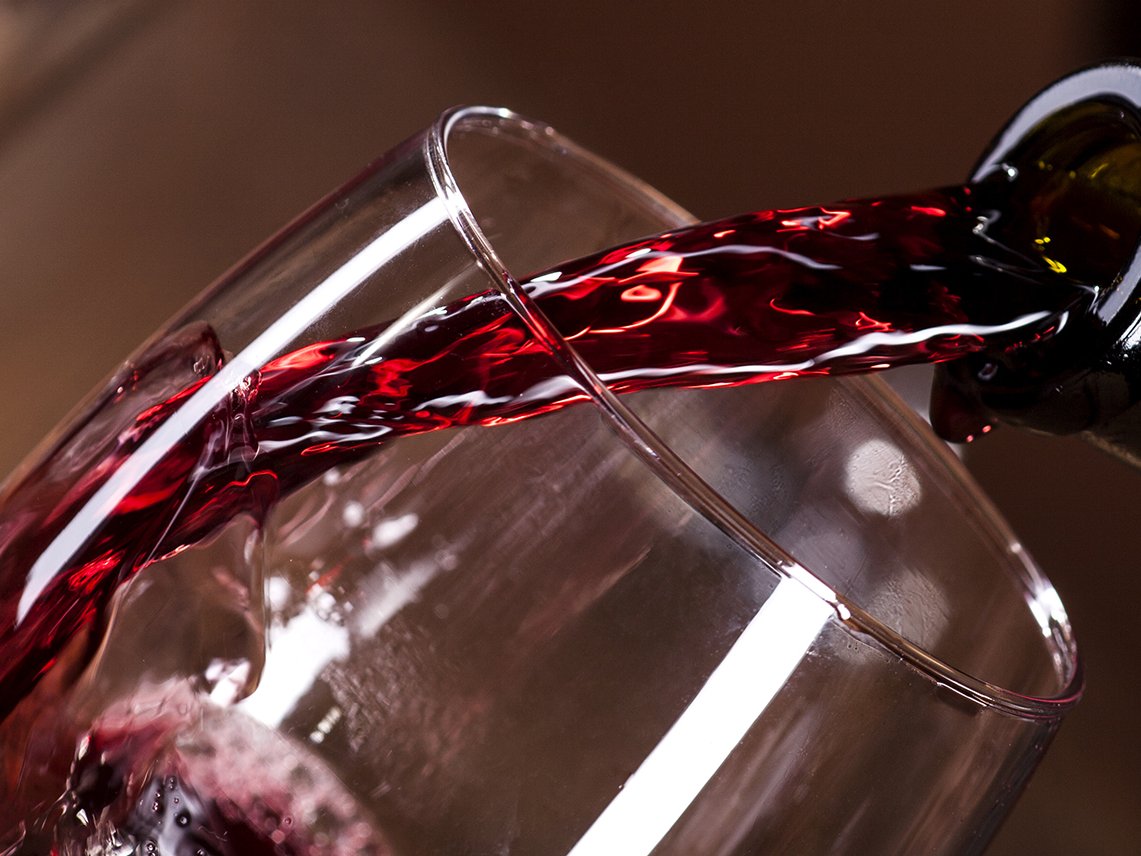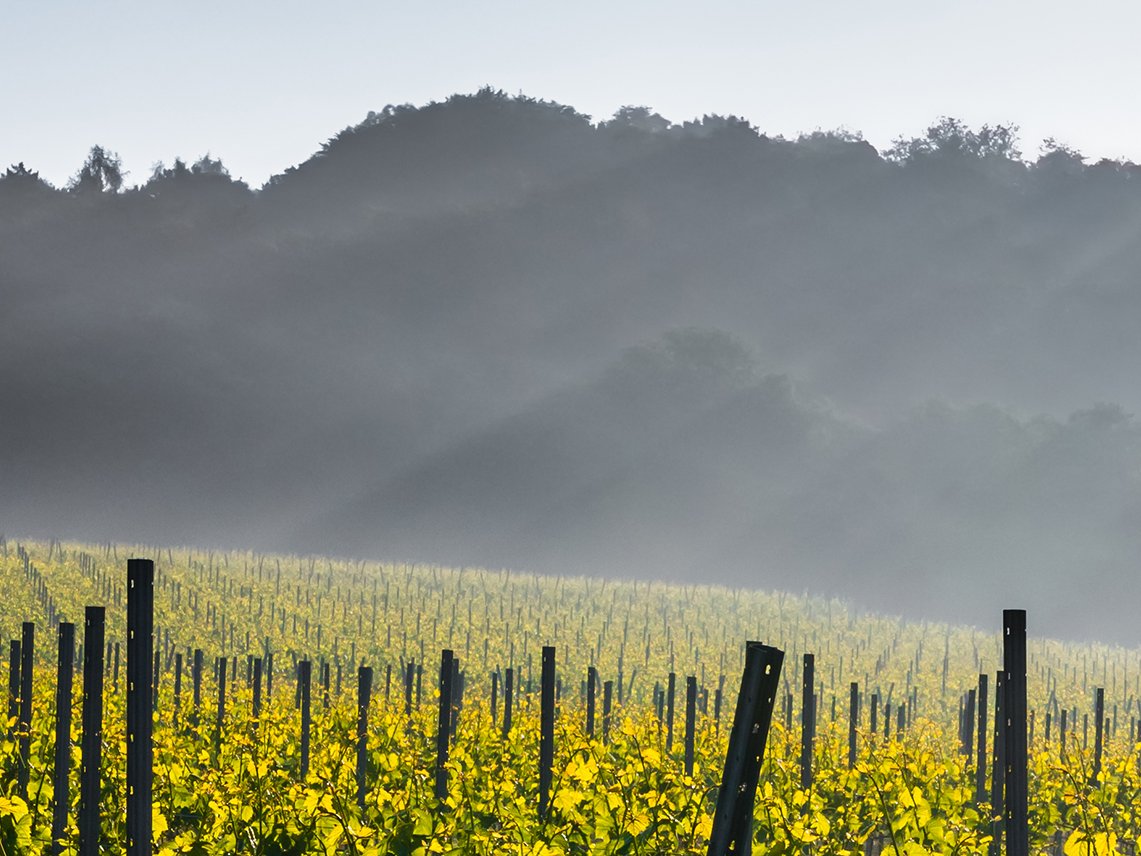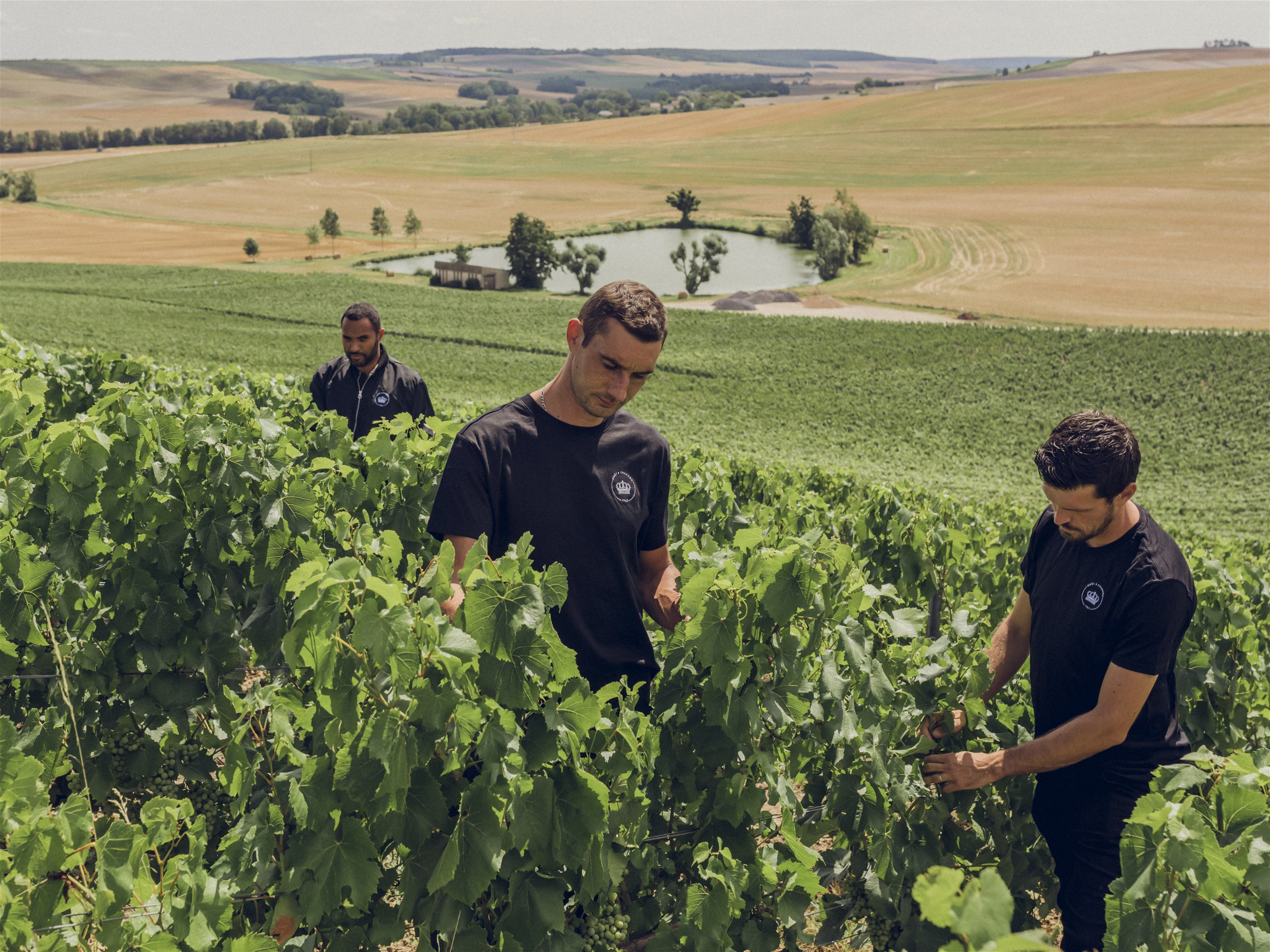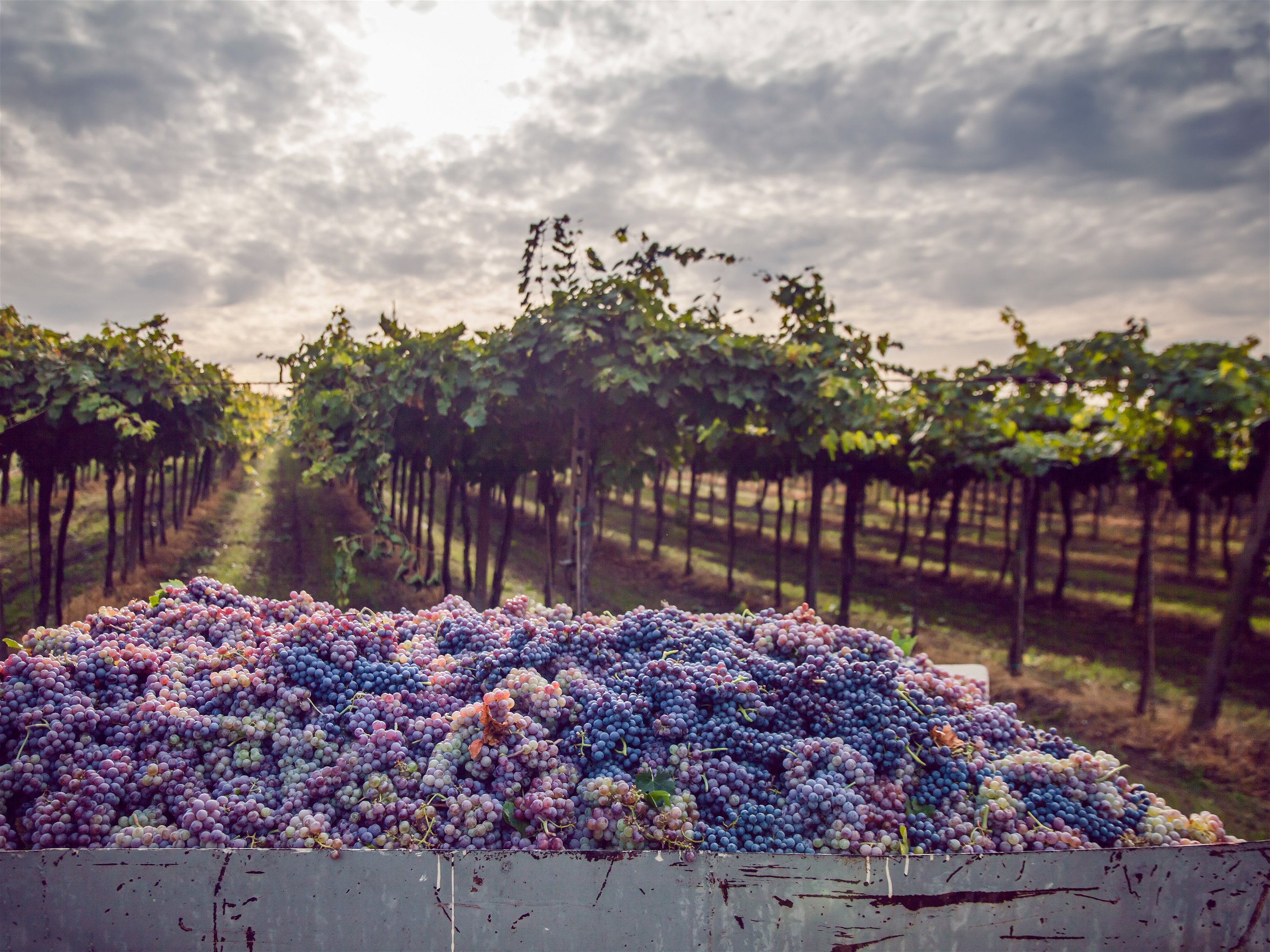Ungrafted vines: in search of the Holy Grail
Since the phylloxera invasion, vines that grow on their own roots are threatened with death. But the search for the original taste of wine always leads back to the ungrafted vines.
The culprit is only half a millimetre in size - but it was big enough to destroy hundreds of thousands of hectares of vines across the European continent during the second half of the 19th century. The rampage of Daktulosphaira vitifoliae, a species of the dwarf aphid family (Phylloxeridae) was so drastic that viticulture has had a different face ever since. And somehow it has lost its roots; due to the seemingly obvious fact that a vine standing with its own root system in the soil has been gone since the phylloxera attack on the roots of European vines.
After the invasion of the pest, winegrowers resorted to the most bizarre methods to get rid of it: They flooded their vineyards with water, tried to get rid of the pest by injecting sulphur into the roots of each vine, or hoped - as at Château Latour - that fertilising the vines with ground, charred leather would save the vines. All in vain! In the end, only grafting the European scion onto the root (“rootstock”) of a resistant American vine species proved helpful. On the American continent, wild grapevines have lived together with aphids since records began. In the course of evolution, their root system became so fibrous and in constant contact with the vine lice that they acquired resistance to the potentially damaging pecks of the aphids. European grape varieties, on the other hand, which have never been confronted with such a parasite during evolution, are defenceless against it. The grape aphids settle in the roots, suck them dry and multiply abundantly. In summer, a generation of winged aphids also migrates to the leaves. In all sorts of places, the insects drain so much life from the plant that the canes die after a few years. Grafting, on the other hand, results in a vine that has grown together from two parts: it has a root that aphids cannot harm, and above ground, grapes of the more complex-tasting European variety grow.
The myth of roots
Today, viticulture works exactly and exclusively like this almost everywhere on our planet. Even in regions that were hardly affected by phylloxera - for example in parts of Chile, Australia or Argentina - it is common to use grafted vines. Even there, the risk of inviting larger phylloxera populations by offering them a feast in the form of European vine roots would be too great.
However, winegrowers discovered very early on that the alien root changes the quality of the wine. Some wineries resisted grafting for a long time: Domaine de la Romanée-Conti, for example, tried to preserve the ungrafted vines of its paradelage until 1945. Then they too gave up the fight, which is particularly hopeless in a clay soil like that of the Côte-d'Or. Despite all their efforts, the yield had fallen to 2.5 hectolitres per hectare, or about one shot glass of wine per vine.
The loss of the original taste of wine is nevertheless a motif that still sits like a thorn in the flesh of many winegrowers today. Fortunately, the taste of wines from ungrafted vines is not completely lost, because very occasionally vineyards planted with ungrafted vines have survived, around which phylloxera gives them a wide berth. Loïc Pasquet, a winemaker who specialises in ungrafted vines, calls such vineyards the "holy grail of viticulture". In 2021, from his small vineyard in the south of Bordeaux, he founded an association with international appeal: "Francs de Pied". Vines that stand free and ungrafted in the vineyard - this has virtually become a rallying cry in recent years.

A vine according to the kit principle
After phylloxera had spread throughout Europe, it was soon discovered that the roots of the American grapevine species, Vitis rupestris, Vitis riparia and Vitis labrusca were resistant to phylloxera. However, since these vines only produce wine of a lower quality, the idea came up to graft the European scion onto an American root.
Whether wines made from the yield of ungrafted vines really taste different and better is a matter of controversy. Some commentators also consider this idea to be sentimental and point out that most ungrafted vines are very old in the first place. It is quite possible that they produce a particularly good wine because of this characteristic alone. However, winemakers like Loïc Pasquet point out with some plausibility that, for example, the flow of sap in the vine is quite different if there is no eye of a needle in the trunk, as occurs at the point where the two parts of the vine have been grafted together. This hypothesis is also supported by the fact that ungrafted vines seem to cope much better with phases of drought; they are obviously better able to absorb the little water available and transport it to where it is needed. Egon Müller of the legendary Scharzhof on the Saar sums up the advantage of planting ungrafted vines in a succinct phrase: "The vine is simply in one piece". About a third of the vines in Müller's part of the Scharzhof vineyard are still ungrafted, and in his own cellar he can very directly compare their yield with that of grafted vines: "This is clearly distinguishable from a sensory point of view: If the must weights are comparable, the ungrafted is always better."
Mélanie Tarlant from the Champagne region makes a similar statement about the sensory characteristics of wines from ungrafted vines. She would taste the yield of her 30-acre ungrafted Chardonnay vineyard blind every year with the base wines of all other plots - and the hit rate in recognising this wine is 100 per cent.

Loïc Pasquet lists the soil types that have the greatest chance of escaping phylloxera: “Sand, shale, volcanic soils. Granite is more complicated, and all soils that contain more than four percent clay are inevitably colonised by phylloxera.” Meanwhile, the soils on the Scharzhofberg are not entirely free of clay. “The old people said that the root lichens survived because the soil is too lean,” Egon Müller lectures. “But I rather believe that the reason lies in the uniformity of the rainfall. If you get a constant 50 millimetres of rain every month, the vines are always well supplied and can stand it when the grape aphids feast on the roots.”
In Franconia, too, there are a good dozen old vineyards that have no roots, most of them on shell limestone, which in its weathered form produces a thoroughly loamy, deep soil. Philipp Luckert from Sulzfeld, for example, owns such a vineyard: "We don't know ourselves why it has survived. Maybe because a residential area was built around this plot early on and the vineyard was cut off from the closed vineyard area?" Loïc Pasquet, on the other hand, has made the experiment and realised that a few hundred metres distance to a contaminated area is not enough to keep phylloxera out of a vineyard. “The summer generation of grape aphids can fly, so a few kilometres are no problem for them.”
What is quite certain is that the grape aphids have a problem with sand, possibly its texture is very unpleasant for the little beasts. John Geber of Château Tanunda, for example, has soil in one of his ungrafted vineyards in Eden Valley that he says, “looks like sea sand.” In the Swiss canton of Valais too, the old, ungrafted plants of the local variety Heida near Visperterminen and at an altitude of almost 1,000 metres are on extremely sandy soil. “The clay content is unbelievably small, and the sand content is 65 percent or more,” reports Michael Hock, the managing director of the small St. Jodern Kellerei cooperative. Certainly, Hock continues, it is thanks to the “positive idiosyncrasy of the people” that this vineyard still exists. The winegrowers “simply don't blindly follow official indications as long as there is no acute danger and the vines are in perfect health.”

A political issue
Rootstock vineyards are definitely a political issue - especially when they are newly planted. In France, there have been repeated attempts over the past two or three decades to plant new vineyards with bare roots. Didier Dagueneau tried it in Pouilly-Fumé, with varying success. Philippe Charlopin's ungrafted vineyard in Burgundy has experienced considerable vine failures every year since 2016, which the winemaker has so far always compensated for by replanting. Official viticulture policy views such experiments with displeasure, fearing that a resurgence of larger phylloxera populations could, in the worst case, undermine the previous resistance of the planted rootstocks.
Natural historian Marc-André Selosse makes a completely different point, speaking of grafting as a useful time-saver. The disadvantage of grafting is, however, according to Selosse in an essay published in April 2021, that it attempts to freeze the course of evolution, so to speak, while the parasites continue to develop. But we must also allow our grape varieties to evolve. Those who believe in the concept of terroir can also hope that there are terroir-specific methods to keep phylloxera at bay. Our fixation on grafting may have prematurely closed the door on further research.
Despite such eloquent advocacy, the “Francs de Pied” association, which Loïc Pasquet founded to promote viticulture with ungrafted vines, has preferred not to choose France as its headquarters - but Monaco, where no restrictive viticulture policy against ungrafted vines is pursued. Prince Albert II sympathises with the association's goals and invited its founding members - besides Loïc Pasquet, Philippe Charlopin, Thibault Liger Belair and Egon Müller, among others - to the Principality. In this way, he became the standard-bearer of a movement that has since been joined by a three-digit number of wineries.
The fact that rooted vines are still a marginal topic has its good side, as Javier Ybáñez Creus from Marquès de Riscal reports: “One of our employees discovered a very old vineyard somewhere along the way, stopped the car and asked who owned the vines.” When contacted, the owner willingly offered to sell the vineyard: “It doesn't produce anything!” Now a top-class Verdejo is being produced on this site. Certainly, from a small yield. But what a yield!
